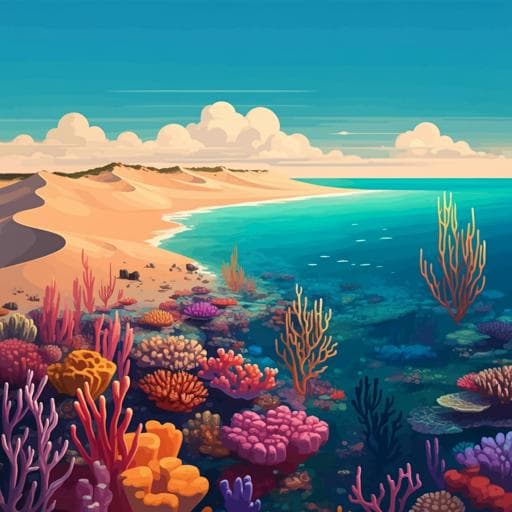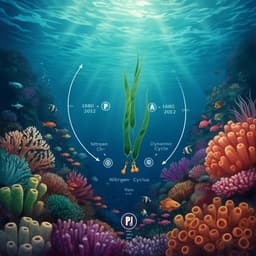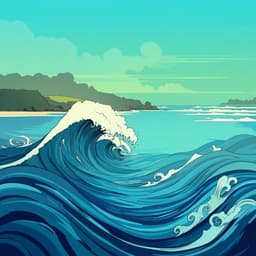
Earth Sciences
Fraser Island (K'gari) and initiation of the Great Barrier Reef linked by Middle Pleistocene sea-level change
D. Ellerton, T. M. Rittenour, et al.
Discover the intriguing timeline of Fraser Island and the Great Barrier Reef! This research by D. Ellerton, T. M. Rittenour, and their team reveals how the formation of Fraser Island's dunes during the Middle Pleistocene linked to significant coral reef development.
~3 min • Beginner • English
Related Publications
Explore these studies to deepen your understanding of the subject.







